Grow bags are the perfect choice for anyone who doesn’t have a lot of space, but still wants to grow their own food. They’re made of strong, breathable fabric so they don’t retain moisture like regular bags.
Grow bags are a common way to grow plants, herbs, vegetables, and flowers without needing any soil. They have been around since the late 1800s when they were first used on ships to provide fresh vegetables for the crew. Grow bags have become more popular with the current push towards environmentally friendly practices. Plants grown in grow bags usually require less water and nutrients, so they are good for the environment and for personal budgets.
Using a grow bag is easy. Here is a step-by-step guide to help you to grow plants in a grow bag.
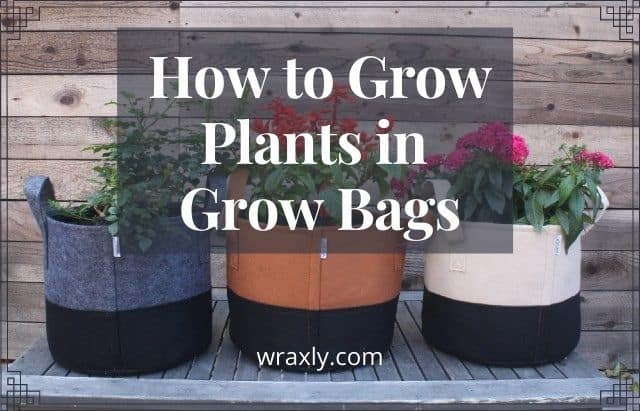
Table of contents
Getting the Grow Bag Ready
Purchase the Grow Bag
You can purchase your grow bag at a garden shop, hardware store, or online. There are many different sizes of grow bags available. Be sure to buy one that is the right size for your needs.
The most common grow bag sizes are 1 – 10 gallons. The 3 gallon bags are better suited for smaller plants like cherry tomatoes, herbs, or small lettuce varieties. If you purchase a 10 gallon bag, you have more space to grow larger vegetables and flowers such as peppers or eggplant.
Choose your grow bag according to the size and type of plant you wish to grow.
Our Grow Bag Recommendations…
Adding Soil To Your Grow Bag
Your choice of soil depends upon the size and type of plant you wish to grow. You can either buy compost-like soil or make your own mixture.
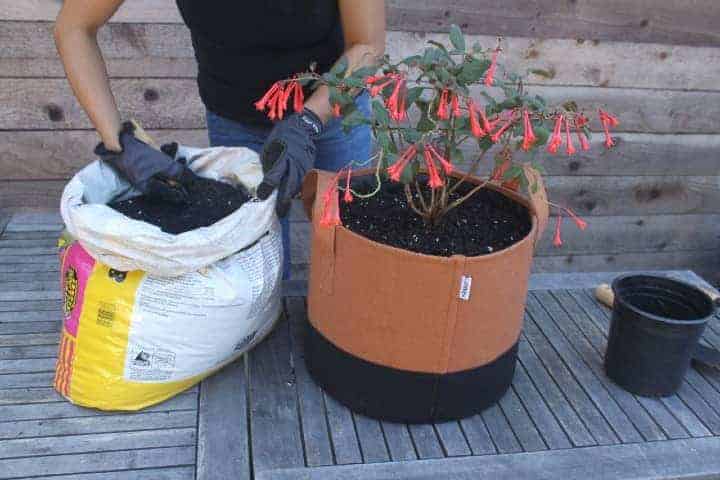
Usually, it is best to work with a soilless potting mix that has added nutrients to help improve the growth rate and appearance of your plant. If you plan on growing flowers or vegetables, start with a soil substitute or compost. This is good for beginners because they are easy to use and don’t require much preparation time.
If you wish to make your own potting mix, an ideal blend for grow bags is one-third compost mixture, one-third moss or coconut coir, and one-third vermiculite. This mix helps in retaining moisture, which is very important for grow bags.
Adding Plants
Plants with shallow roots are ideal for grow bags as the base won’t stunt them. The best plants for grow bags are herbs and salad plants, pepper, zucchini, tomatoes, strawberries, French green beans, flowers, eggplants, and potatoes.
Planting Seedlings
Take your plants out of their pots and remove excess soil from the roots. If you’re potting multiple seedlings, tease the root ball apart with your fingers and plant them separately into their own grow bag. Seedlings should be planted with their roots in the center of the grow bag, not against the sides. This helps the young plants support themselves upright as they grow tall.
Planting Established Potted Plants
Take the plant out of its pot, loosen the roots and bare about 2″ of them at the bottom of the pot. Put this into your grow bag, and cover the rest of the exposed root ball with soil. If you’re potting multiple plants, try and position them to face all the same direction.
Caring For Your Plants
Watering The Bags Often
Grow bags usually require a greater amount of water than plants planted in plastic or ceramic pots. Check on your grow bags daily and check the moisture level either with a moisture meter (more accurate), sticking your finger into the soil, or feeling around the outside of the grow bag. Give your grow bag a good watering whenever the soil feels dry.
It’s important to keep the soil damp but not saturated. If the soil is too wet, the roots of the plant won’t penetrate deep enough into the soil to grow well.
If you must be away from your grow bags for an extended period of time, make sure you water them well before you go. You can setup a drip irrigation system to water the grow bags, or ask a friend or neighbor to look after them while you are away.
Fertilizing
All plants should be fertilized on a regular basis. However, some types of plants — like tomatoes, corn, and cabbage — require more nutrients than others. Having a continuous nutrient flow is necessary to keep your plants healthy and producing fruits and vegetables. You can either prepare your own or buy premade fertilizers.
Our Fertilizer Recommendations…
How to Make Homemade Fertilizer
Making your own compost is a great way to provide the nutrients your plant needs. Composting is best done at home in a pile or bin and requires high nitrogen items such as fresh grass clippings or food scraps along with high carbon material like leaves.
Adding brown material makes your composting process go faster. The key to producing a rich, black compost is to allow enough air and moisture to the pile.
If you don’t want to go to the trouble or don’t have the time, you can find fertilizers online or at your local plant nursery that are specifically formulated for the plant your are trying to grow.
How To Fertilize Plants in Grow Bags
If you are using your own compost, you can pour it directly onto your soil or mix some into a large container of soil. Your plants will use the nutrients in the compost to grow.
Fertilizer bought at a gardening supply store
Water soluble fertilizer: Often made of potassium nitrate, urea, or ammonium sulfate, soluble fertilizer is what you use with a watering can to feed your plants. You’ll take a small amount and add it to your plant’s root zone. Use it to keep your plants well-fed and healthy. Use the recommended directions for soluble fertilizer when applying it to your garden.
Slow release plant food: Also known as time released fertilizers, they are small granules made of urea coated with a thick layer of material that slowly breaks down over a period of time. Typically pellets will break down into nitrogen and potassium at a rate of 15% each per month for 6 months. You can use a slow release fertilizer for trees, shrubs, annuals and perennials.
Make Most of Limited Space
If you have limited space, you can increase your crop yield by under-planting. Under-planting is a technique that involves placing the plant at the bottom or among the roots of the plant above. For example, adding some radishes or lettuce underneath a tomato plant. Or in the case of peppers, under-planting your pepper plants with cilantro, or vice versa with marigolds.
Reusing the Soil
You can also recycle the soil at the end of your growing season. If the soil looks healthy, you can reuse it during the next planting season.
Typically, soil can be reused for at least two to three seasons if it is refreshed with organic matter, fertilizer, or compost.
When using a grow bag, you may want to sterilize the soil in order to ensure that it is free of disease.
Grow bags are reusable and can be used over multiple seasons as long as you learn how to properly wash, dry and store it in a dry place.
Why Use a Grow Bag?
There are many reasons to start using fabric grow bags over other kinds of containers.
- Ceramic pots are heavy to move around and can break, whereas grow bags have handles that make them easy to move, and they are relatively lightweight.
- They are less likely to be affected by pests and diseases, so they give better yields.
- Grow bags drain well and are breathable. They allow air to reach the roots of the plant, encouraging root growth, rather than causing the roots of your plant to circle around the pot and become rootbound.
- Grow bags are great for beginners. They are easy to fill, and they are not heavy, so they make it easier for children to move the plant around.
- Gives easier access to your plants for watering and harvesting.
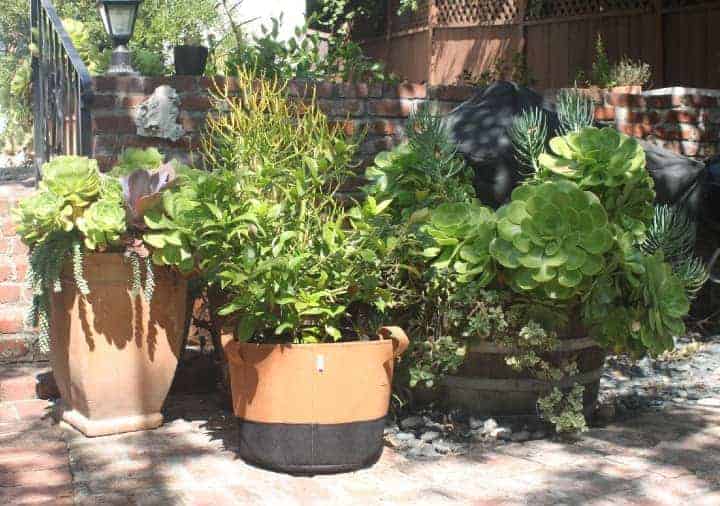
Where to Buy a Grow Bag
Grow bags are becoming more and more common, with many new brands coming on the market all the time. Look for them at your local hardware store, garden center, or even at most major big brand stores. You can also buy them online at a number of sites.
Most grow bags come in black. If you are looking to add some color to your garden, check out Wraxly two-tone fabric grow bags. These bags are made with thick 2mm fabric, are double-stitched for strength and long-lasting durability, and have a waterproof design to reduce staining.
Whichever grow bag you choose, we are certain your gardening experience will be improved by using one. Got questions? Feel free to get in touch.
Resources
No Garden? No Problem! – Container Gardening Basics

Darrell has a passion for gardening that he inherited from his father. Go here to read more about the influence his father played in his love for gardening. If you want to send Darrell a quick message, then visit his contact page here.
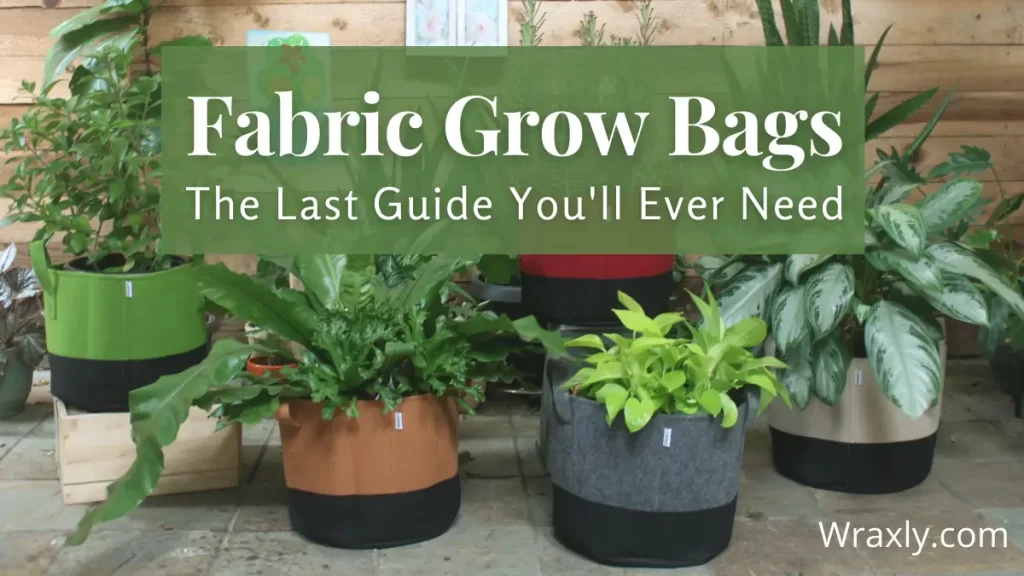
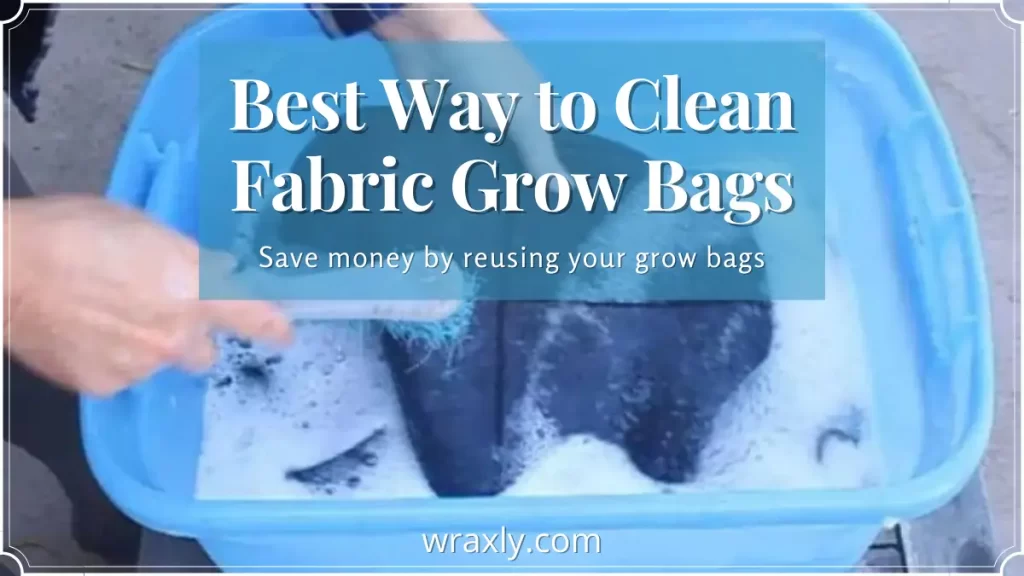
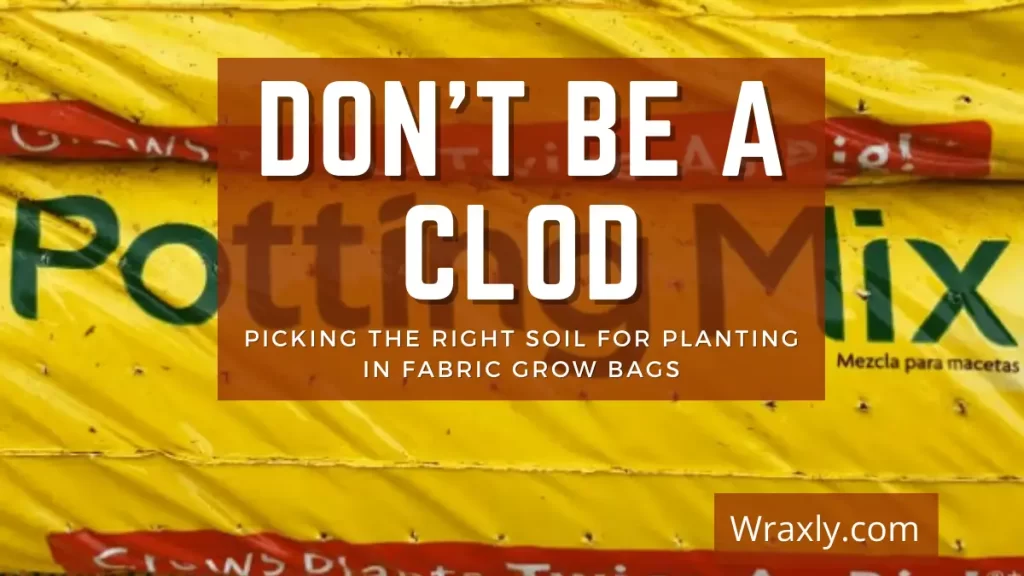
![Container gardening for beginners [Buying guide]](https://wraxly.com/wp-content/uploads/2021/02/Container-gardening-for-beginners-Buying-guide-1200-1024x576.webp)